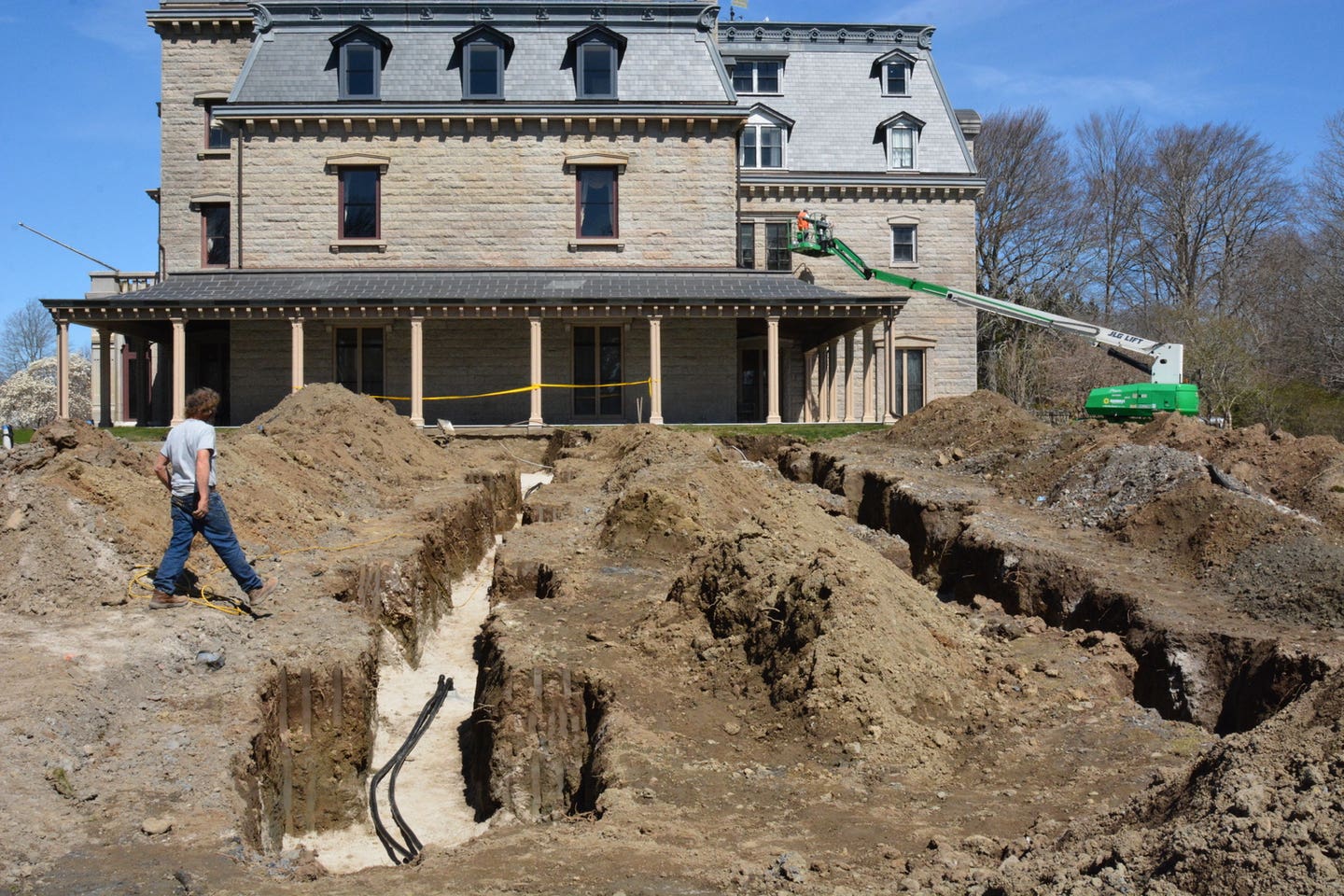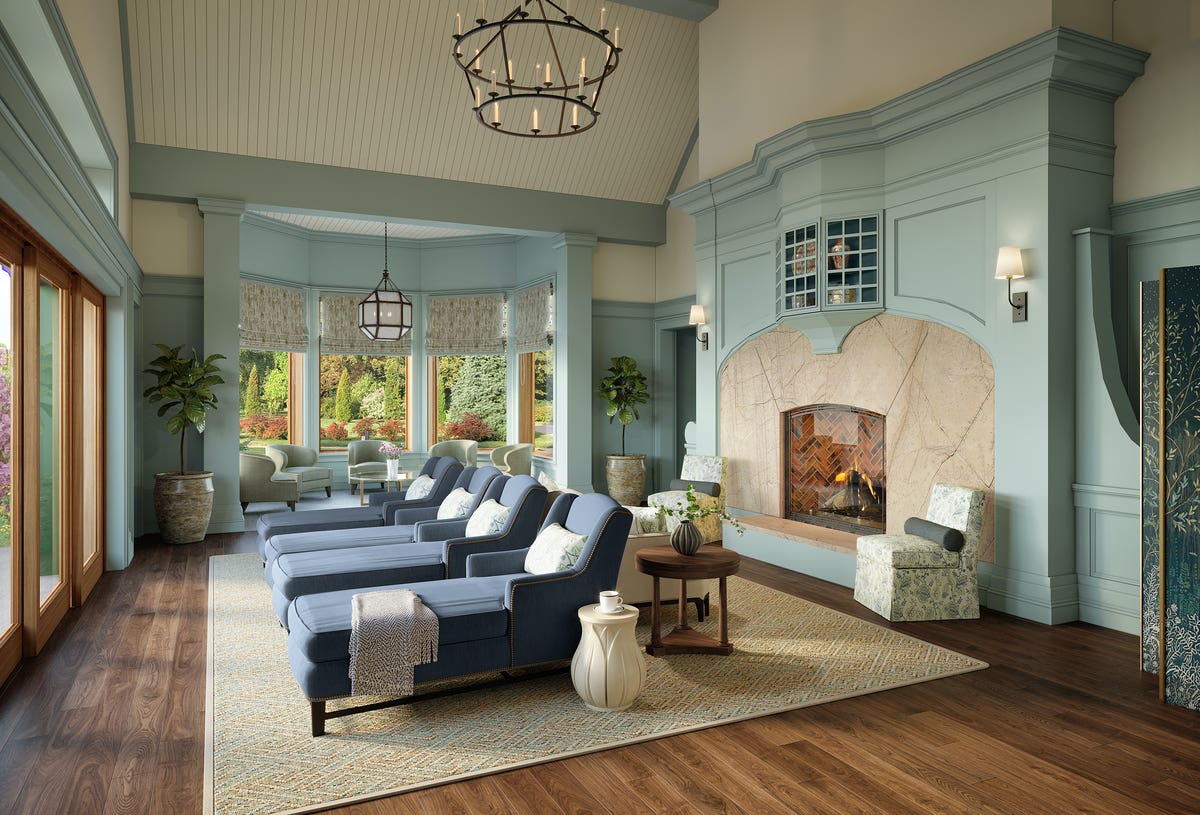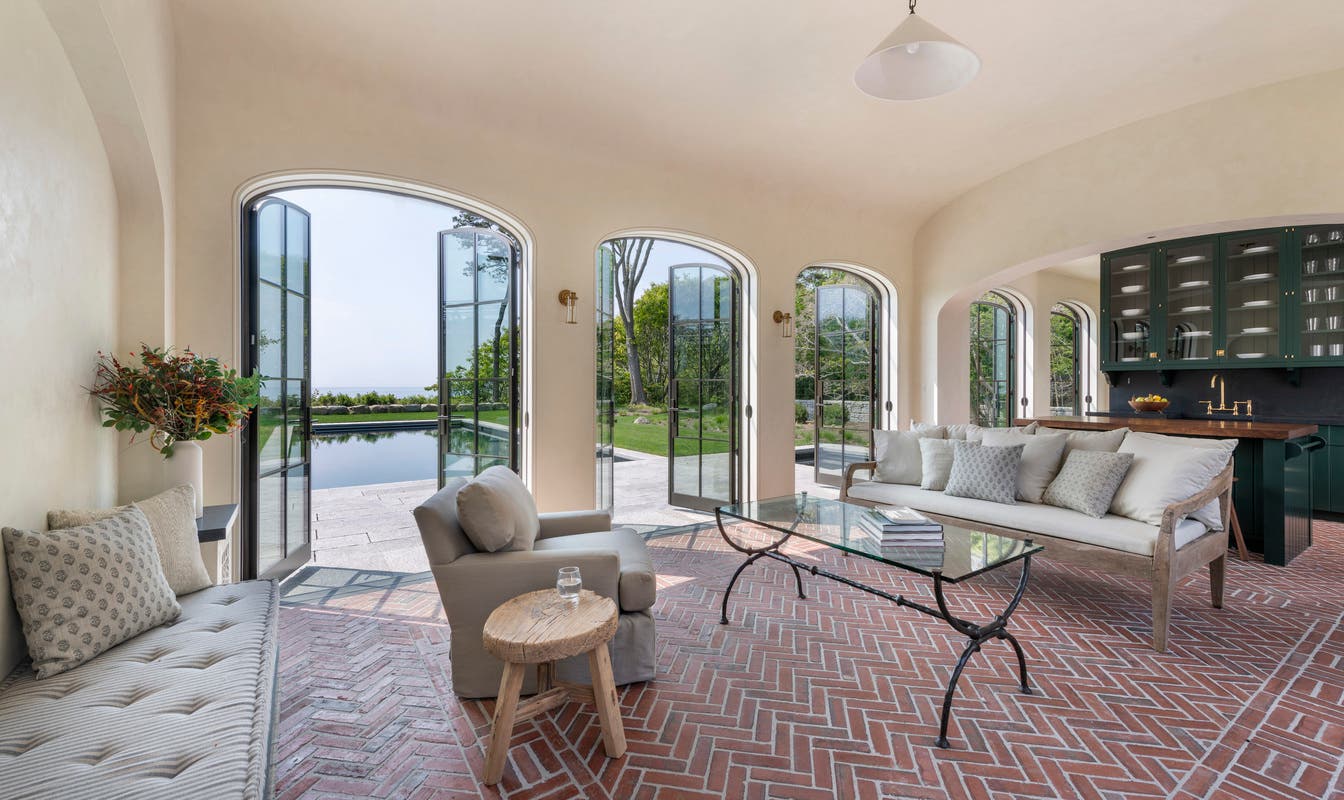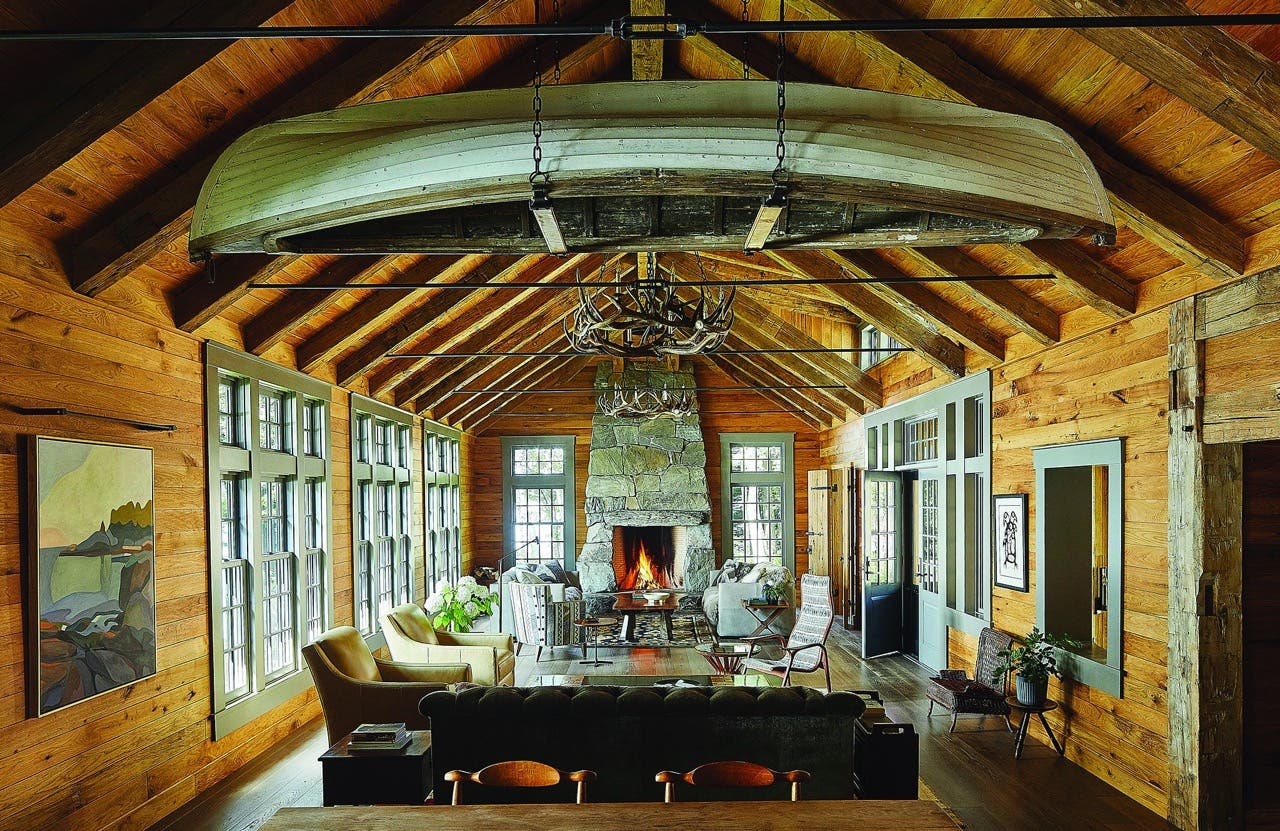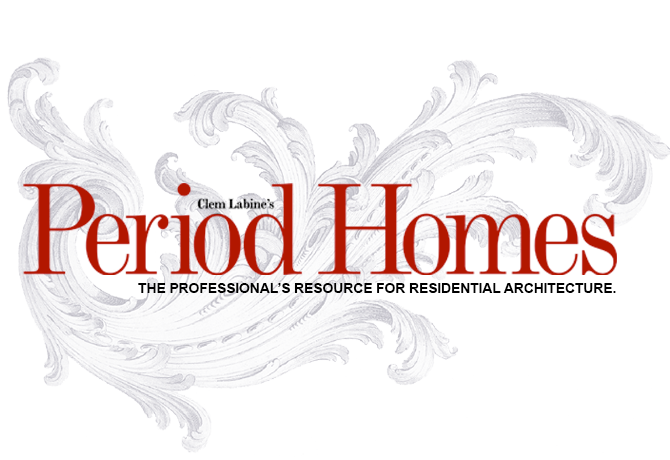
Opinions & Editorials
It’s Time For Eco-Friendly Garden Design
On the surface, the profession of landscape architecture should be among the greenest on the planet. After all, don’t we spend our days creating and improving landscapes both public and private, giving the world another bit of living, breathing green-space? It’s a very poetic image, but unfortunately the reality is we contribute heavily to the forces that cause climate change, and we—of all people—need to mend our ways.
As a profession, we must begin to consider the environmental impact our designs create. And I’m not talking here about the simple and easy-to-do things, like xeriscaping in dry regions of the country, or limiting vast expanses of lawn that consume almost as much petroleum as water. Rather, what I’m referring to is weighing the true environmental cost of various elements we propose in our designs, and then explaining these costs clearly and transparently to our clients.
Sometimes this process is fairly straightforward. For example, my firm recently designed a fairly elaborate pergola structure for a seaside villa north of Boston. Immediately came the question of what type of wood to use. The client was leaning toward tropical hardwoods, which would have performed well in this application, but when I pointed out the ecological damage harvesting these species often causes (despite claims of being plantation raised) the client opted for the much more renewable Western US cedar, happily waiting a few weeks longer for the custom lengths to be available.
Another example: a year or so ago we were asked to design a large stone terrace for a townhouse. The client and I visited a local stone yard to look at various options, and we were both initially drawn to a particularly lovely type of pale yellow sandstone. It turned out however that this stone was imported from India, which meant that the true “carbon cost” of the sandstone was double or triple that of locally quarried stone. (Ocean-going vessels produce staggering amounts of air pollution: a single cargo ship in a single hour can produce as much pollution as 350,000 automobiles. Collectively, ocean-going vessels consume two to three percent of the world’s petroleum but produce 20 percent of world carbon emissions.) Ultimately, the client chose a stone quarried in Connecticut, not far from the job site. This decision both minimized the project’s carbon impact, but also provided much needed employment in an economically depressed area of the state.
I realize that it’s almost impossible to consider every design decision in light of its true environmental cost. And I also realize that sometimes clients simply don’t care, or rationalize bad choices by contorted reasoning. (Back to the subject of wood: I recall a client years ago who insisted on using zebrano, an endangered tropical hardwood, for the cabinetry in her pool house. When I pointed out to her that zebrano trees were harvested in the wild, and often required the deforestation of an entire acre of rain forest to reach a single tree, she told me she realized that, but thought that by using this wood people would become more familiar with it and that would in turn help its preservation…) In cases like these, I follow a wise adage of my grandfather, telling clients when I first meet them that my practice is to say to you “no, that’s not the best idea” three times. The fourth time, I’ll tell you yes. But it rarely comes to that. I find that more and more clients do appreciate knowing the ecological background behind various choices we propose, and that once informed, often green considerations will drive their selections.
Even more importantly, if we as a profession begin to let factors like carbon cost influence our proposals from the outset, we have the ability to dramatically reduce the environmental impact our projects create. Clients rarely come to us and say, “I want exactly this, or exactly that.” Instead, they come describing a general vision and ask for ideas on execution. If what you propose is shaped with environmental concerns in mind from the very beginning, you’ve effectively created an ecological triage for the client, weeding out design options that would tip the carbon scales wildly in a negative direction. A few of the items currently on my no-fly list: fire-pits, heated driveways, and full-size specimen trees. That being said, I’ve installed all three at clients’ request, but it’s amazing how with a little thought and guidance we can put some green back into what should be the greenest of all professions.
Michael Weishan, former host of “The Victory Garden” on PBS, is principal of Michael Weishan & Associates, a landscape design firm outside Boston. www.michaelweishan.com



